BPC-157
$42.00 – $63.00Price range: $42.00 through $63.00
what is BPC-157?
Body Protection Compound 157 (BPC-157) is a peptide composed of 15 amino acids. Although the researchers who patented BPC-157 say that it was derived from a stomach protein, this claim isn’t well-substantiated. BPC-157 is thought to improve the repair of damaged tissues, although there is currently no human evidence to support this hypothesis.
More research is needed to determine whether BPC-157 has any potential benefits in humans. Studies conducted in rodents and cultured cells have suggested that BPC-157 may support the healing of various tissues, including tendons, joints, nerves, the intestinal tract, the stomach, and skin.
BPC-157 has various possible (potentially overlapping) mechanisms of action, including promoting nitric oxide synthesis, activating cells involved in tissue repair, stimulating the synthesis of growth factors, and inhibiting inflammation.
BPC-157 can be taken orally, topically, or via injection. Oral ingestion of peptides like BPC-157 wouldn’t normally be expected to have a direct effect on tissues outside of the gastrointestinal tract (like tendons and nerves) because peptides aren’t easily absorbed into circulation. However, studies in rodents have suggested that oral ingestion can have systemic effects, meaning that the feasibility of this route of delivery can’t be ruled out.
The closest possible recommended dose is based on rat studies where oral administration showed benefit, as most studies administer the supplement via injection. The oral dose that was effective in rats, 10 μg/kg, is estimated to be equivalent to 1.6 μg/kg, or:
- 110 μg for a 150lb person
- 145 μg for a 200lb person
- 180 μg for a 250lb person
There are currently no human pharmacokinetic studies to assess species differences.
| Quantity | 5mg, 10mg |
|---|
Be the first to review “BPC-157” Cancel reply
Related products
peptides
peptides
peptides
peptides
peptides
peptides
peptides
peptides

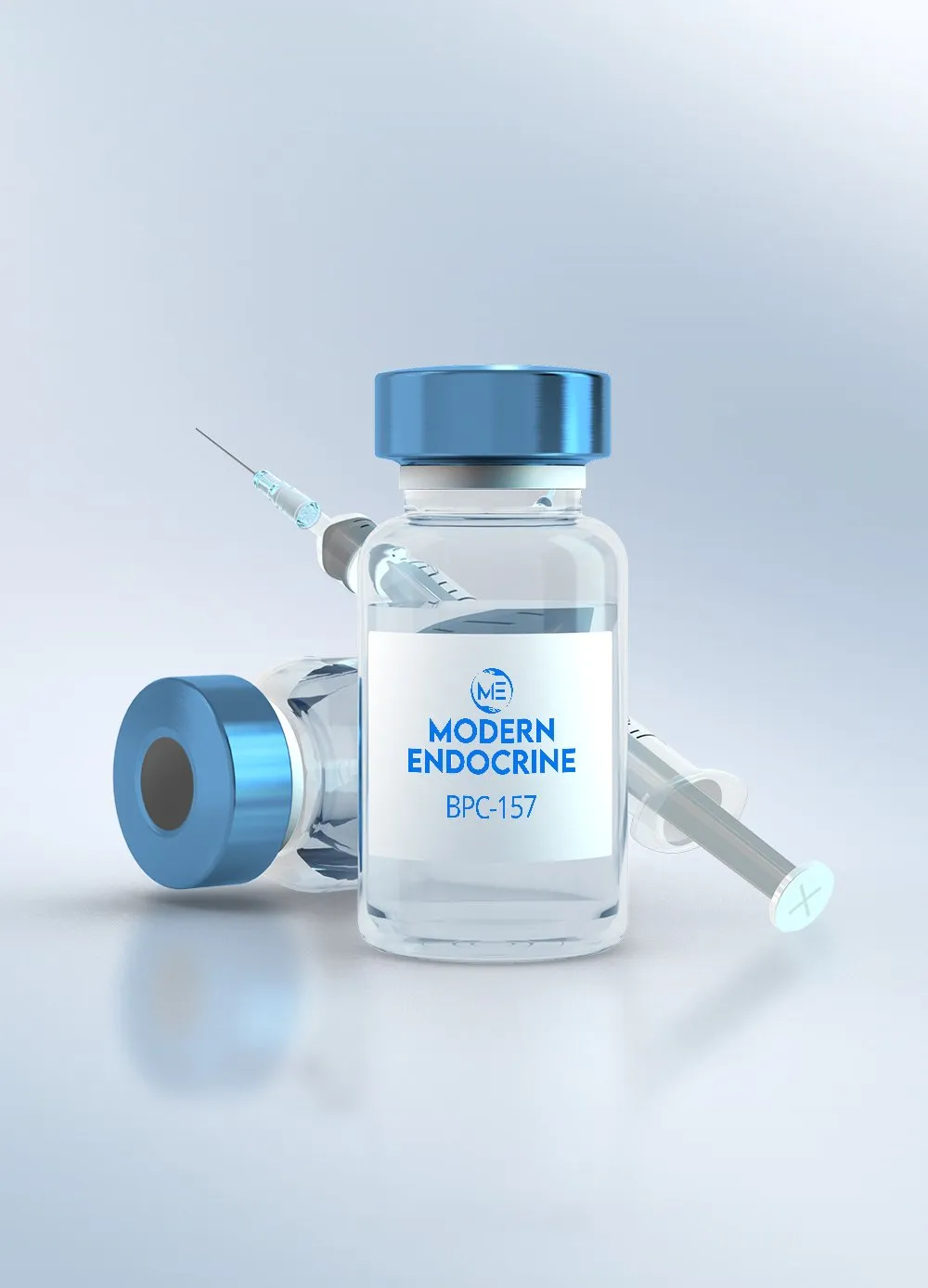


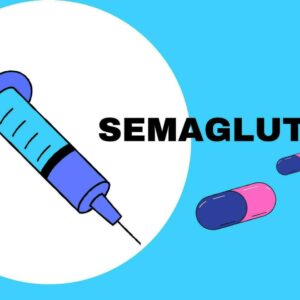
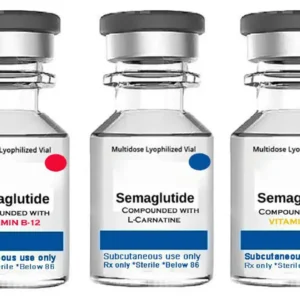
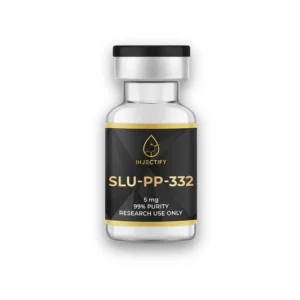
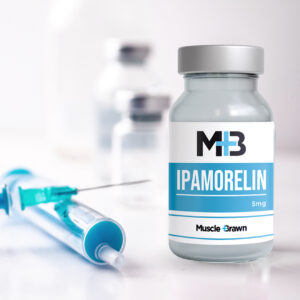
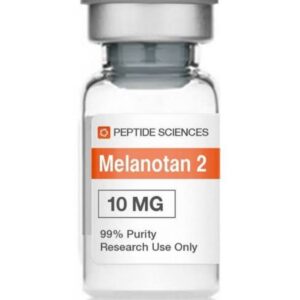
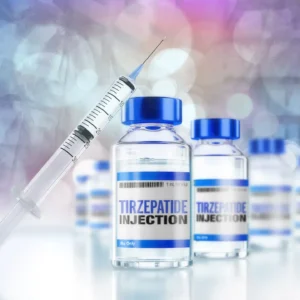
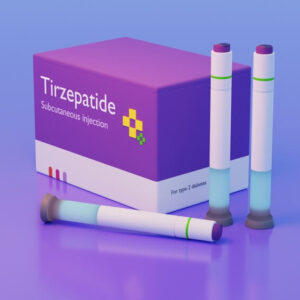
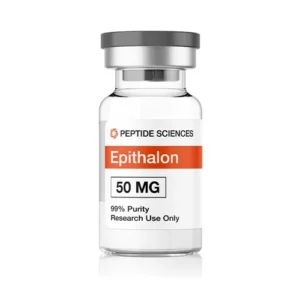

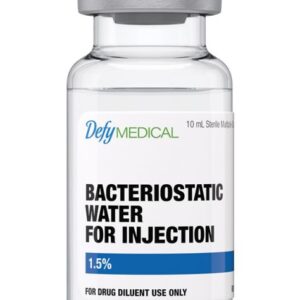
Reviews
There are no reviews yet.